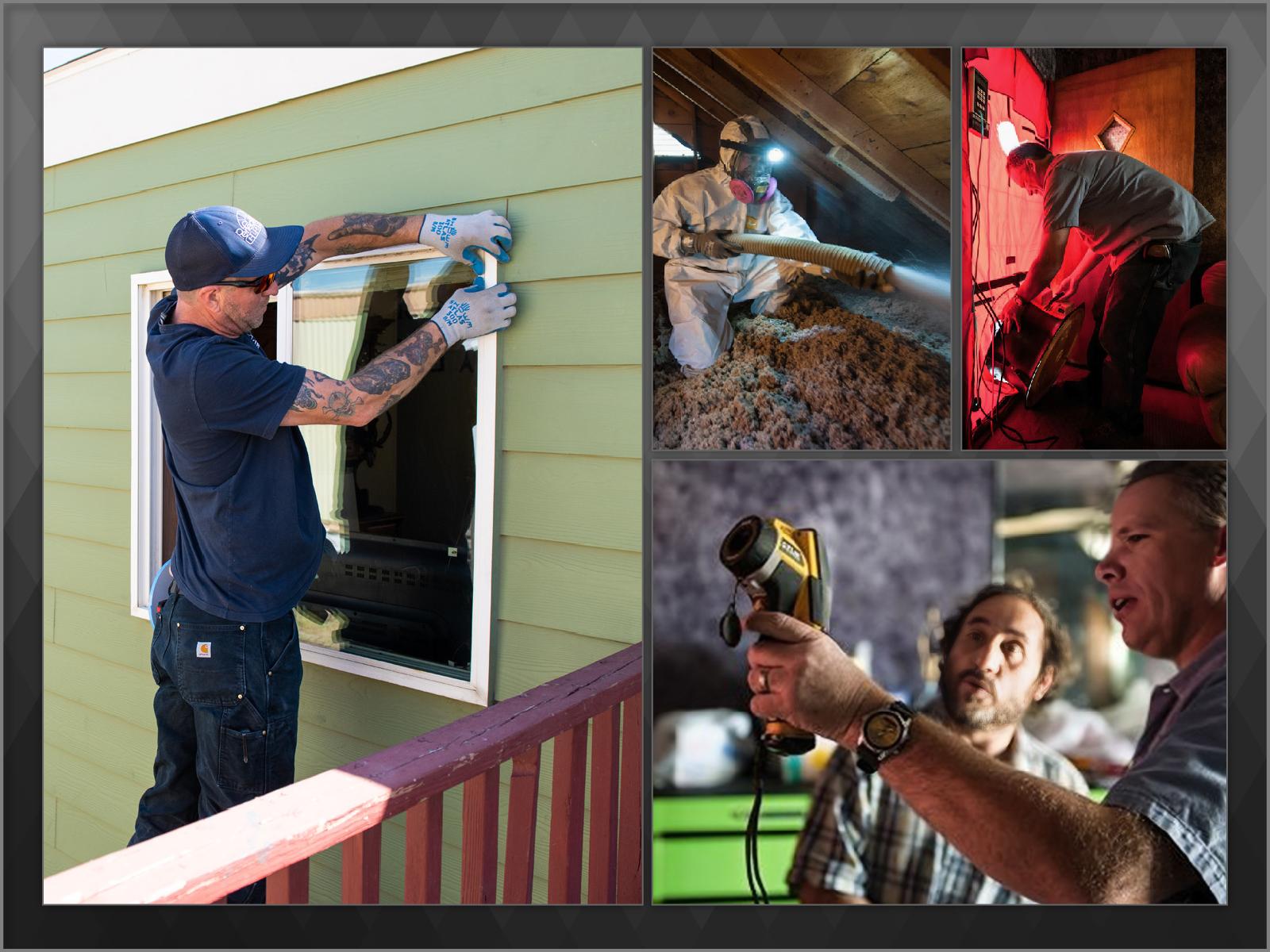Home Energy Rebate Tools
Pacific Northwest National Laboratory (PNNL) supports the U.S. Department of Energy's (DOE's) Office of State and Community Energy Programs' (SCEP) Home Energy Rebates team. PNNL's primary role is to assist in the development of the program's national database and the associated Application Programming Interface (API) that can be used to connect to it. PNNL also supports the documentation of the process workflows and user interfaces for the Home Energy Rebates programs.

Window installation photo (left) by Andrea Starr | Pacific Northwest National Laboratory; remaining photos by Dennis Schroeder | National Renewable Energy Laboratory.